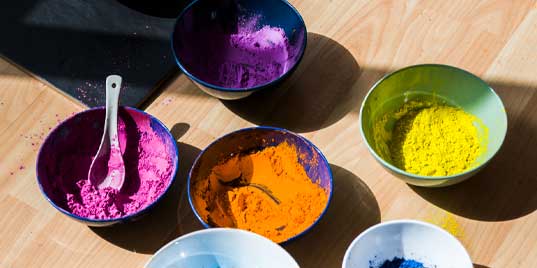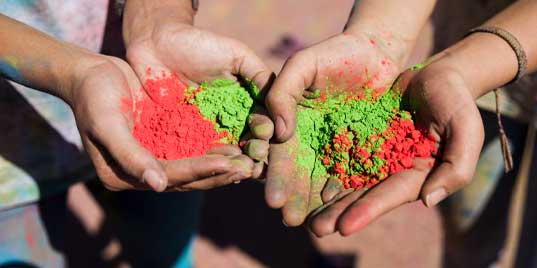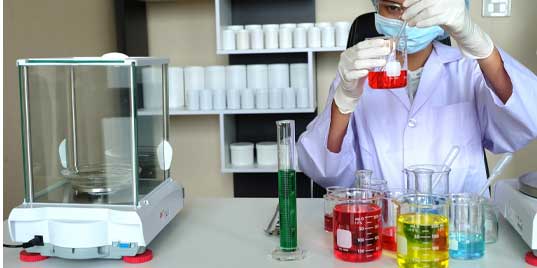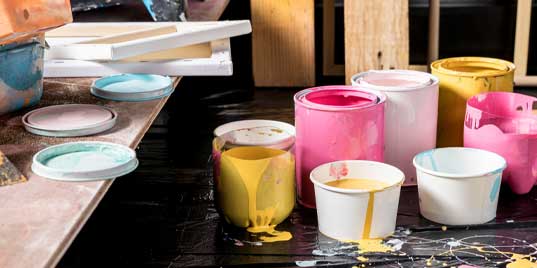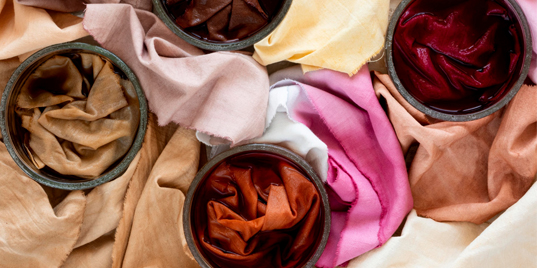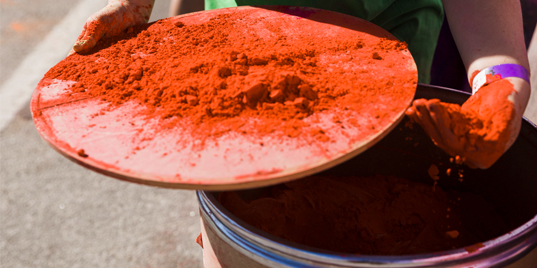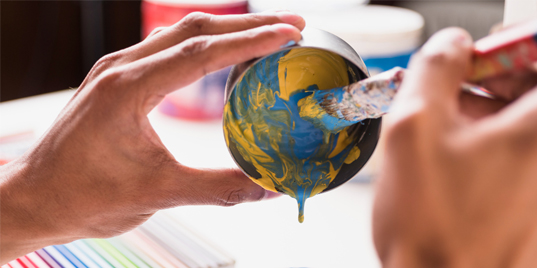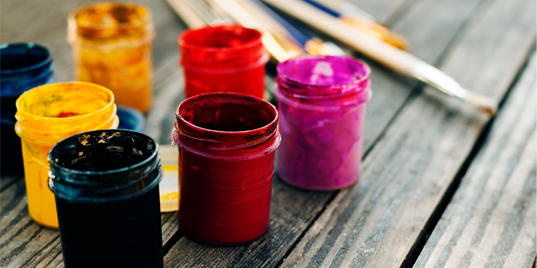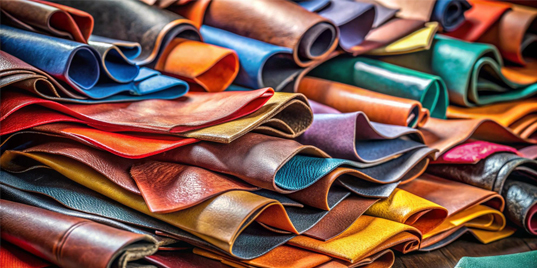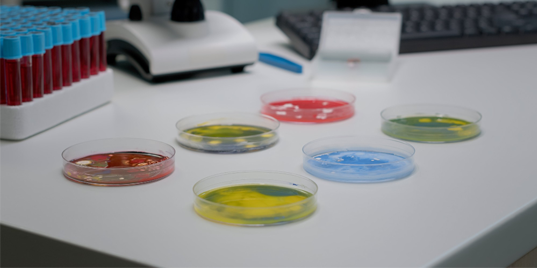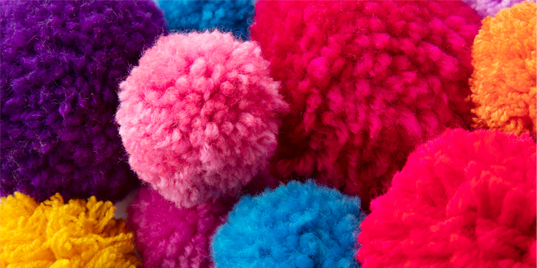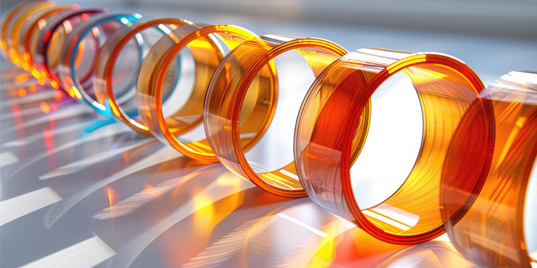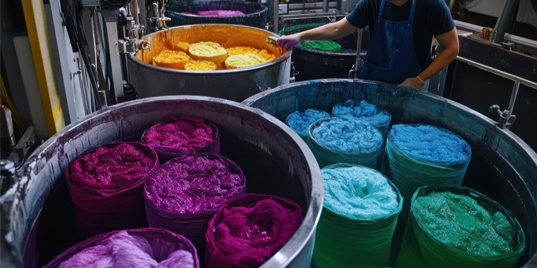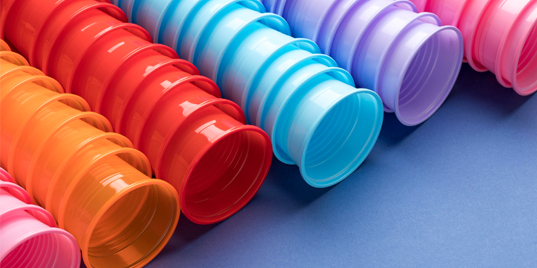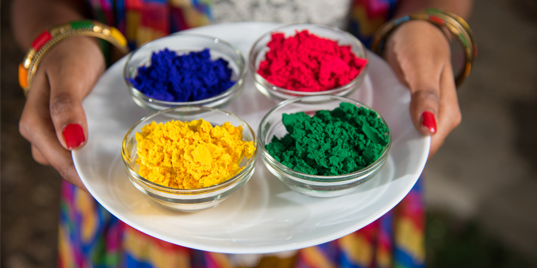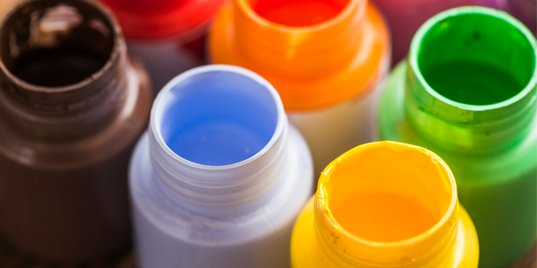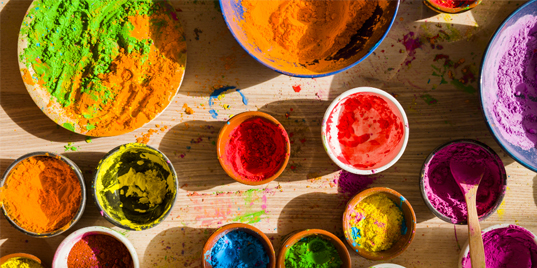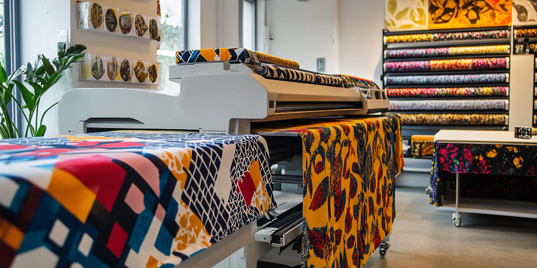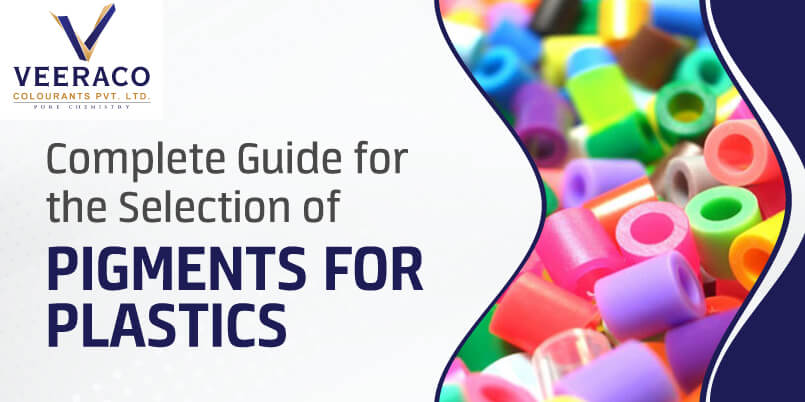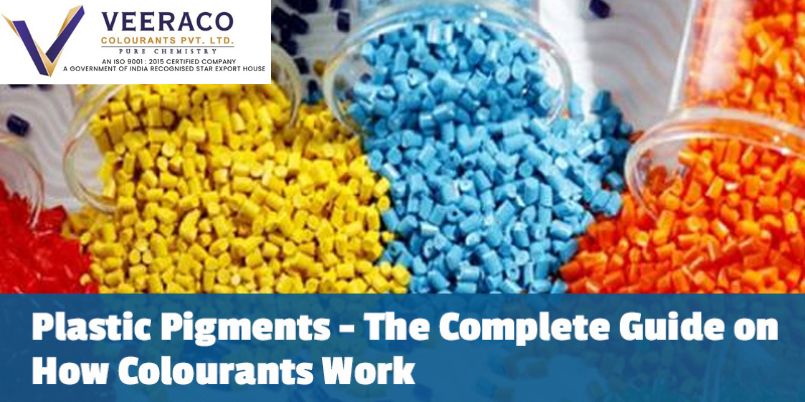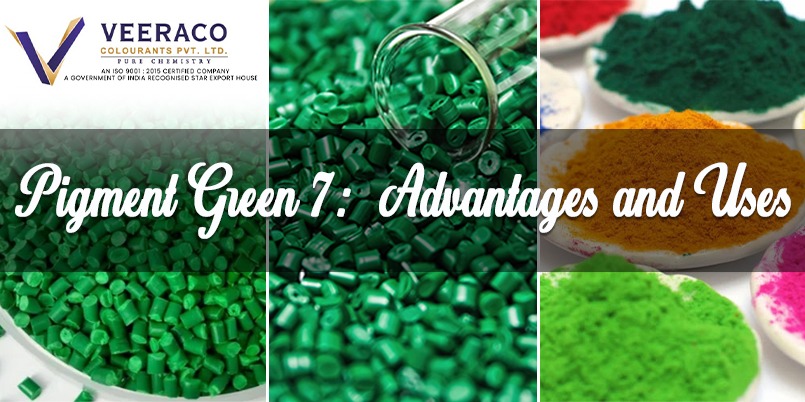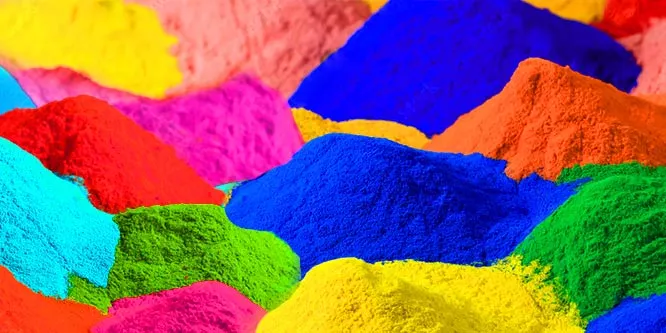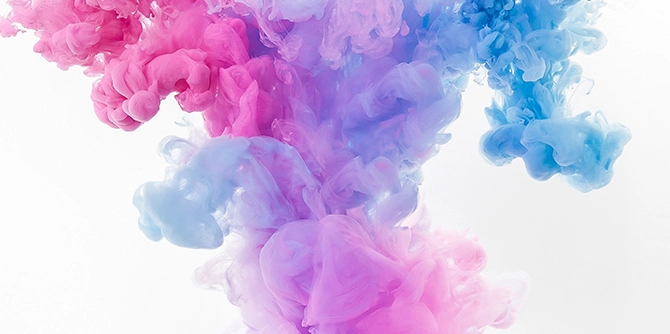
Properties And Manufacturing Of Basic Dyes
- Admin
- Jan 29, 2022
What are Basic Dyes?
Perkin's Mauve, the first synthetic dye, pertains to the basic or cationic dye family. Among the first synthetic colours were magenta and malachite green. The basic dyes get their name from the fact that they're made up of salts of organic bases.
Because they crystallise in water and produce colourful cations, they are also known as cationic dyes. The coloured component of the basic dye molecule ionises, resulting in a positively charged radical.
A basic dye is a cationic dye with substantivity for acidic forms of acrylic fibre and tannin mordanted cotton, which represents the former prominence of this category of dye in the dyeing of cotton, which is currently done using reactive dyes, direct dyes, vat dyes, and sulphur dyes.
The following are the main properties of basic dyes:
- Ionic character: Basic dyes are cationic soluble salts of coloured bases with an ionic character. The dyestuff is the basic or positive radical in basic dyes, which are salts, mainly chlorides.
- Reactivity: On the basic side of the isoelectric points, the basic dyes react. These are used on anionic substrates to create electrostatic attraction.
- Cationic dyes: Because the chromophore in basic dye molecules has a positive charge, they are referred to as cationic dyes
- Shade range: These dyes have an infinite shade range, strong tinctorial strength, brightness, and fluorescent qualities in many colours.
- Solubility: Many basic colours are only sparsely soluble in water, but readily soluble in alcohol or methylated spirits. The addition of glacial acetic acid aids in the rapid dissolution of the basic dye in water.
- Leveling properties: Because these colours have a high striking rate, they have poor levelling properties.
- Exhaustion: Cationic dyes have a varied rate of exhaustion; K values are used to determine the cationic dyes' exhaustion characteristics. The fastest exhaustion is K=1, while the slowest exhaustion is K=5. As a result, dyes with identical K values must be used to create the combination hues.
- Affinity: These dyes have a strong affinity for wool, silk, and cationic dye-able acrylic, but no affinity for cellulosic. To use basic colours on cellulosic, the material must be clean.
- Application on Cotton Fabric: Basic colours are not employed on cotton because the structures are not planar or large enough to provide appropriate adhesive properties or affinity. However, after treating cotton or other textiles dyed with direct colours, basic dyestuffs are utilised. The direct dyestuff works as a mordant in this case.
- Fastness Characteristics: Wet fastness is good, while lightfastness is poor to moderate. Back tanning can also improve the wet fastness of basic colours on protein fibres. This is done after the coloured material has been treated with tannic acid to generate an insoluble compound, which reduces the potential to migrate.
- Colourants with a strong base are known as basic dyes.
- Basic dyes are also employed in paper colouring.
- In terms of utilisation, it's quite cost-effective.
Manufacturing of Basic Dyes:
- Auramine O: The most important basic yellow is auramine O, which is highly regarded for the exceptionally pure hues it creates. It's manufactured by heating 4,4'– dimethylaminodiphenylmethane, sulphur, ammonium chloride, and sodium chloride (as diluents) to 175°C in the presence of gaseous ammonia. The resulting Auramine base is transformed into Auramine O, which is its hydrochloride.
- Malachite Green: Malachite Green is made by combining two dimethylaniline molecules with one benzaldehyde molecule. The dye salt with acid is then made by oxidizing the leuco base with oxidizing agents with high electrochemical potential, such as lead dioxide.
- Methylene Blue: Methylene Blue is made by oxidising a mixture of dimethylaniline and-amino-dimethyl aniline (in equal amounts) and sodium thiosulphate in the presence of zinc chloride with sodium dichromate and hydrochloric acid (to get the final dye as zinc chloride double salt).
- New Magenta: 1 kg anhydro formaldehyde, 5 kg toluidine hydrochloride and 1 kg o-toluidine are heated in an enameled vessel for 2–3 hours at 170°C with 1.2 kg o-nitrotoluene and 100 grams iron fillings. By distilling with steam, the unreacted o-toluidine and o-nitrotoluene are removed, the residue is filtered hot, and the New Fuchsin is salted out.
The vibrancy and strength of the basic colours are their most distinguishing features. Basic dyes produce vibrant hues that are rarely seen in other dye classes. Basic dyes have the property of combining with tannic acid to generate an insoluble compound if mineral acid is not present. By boiling the material in dilute acetic or hydrochloric acid, basic dyes can be removed. When especially brilliant hues are required for woollen textiles that cannot be achieved with acid dyes, basic dyes are used.
VeeracoColourants Private Limited is a leading manufacturer of basic dyes. We serve our customers with all dyeing products that are hard to find.

